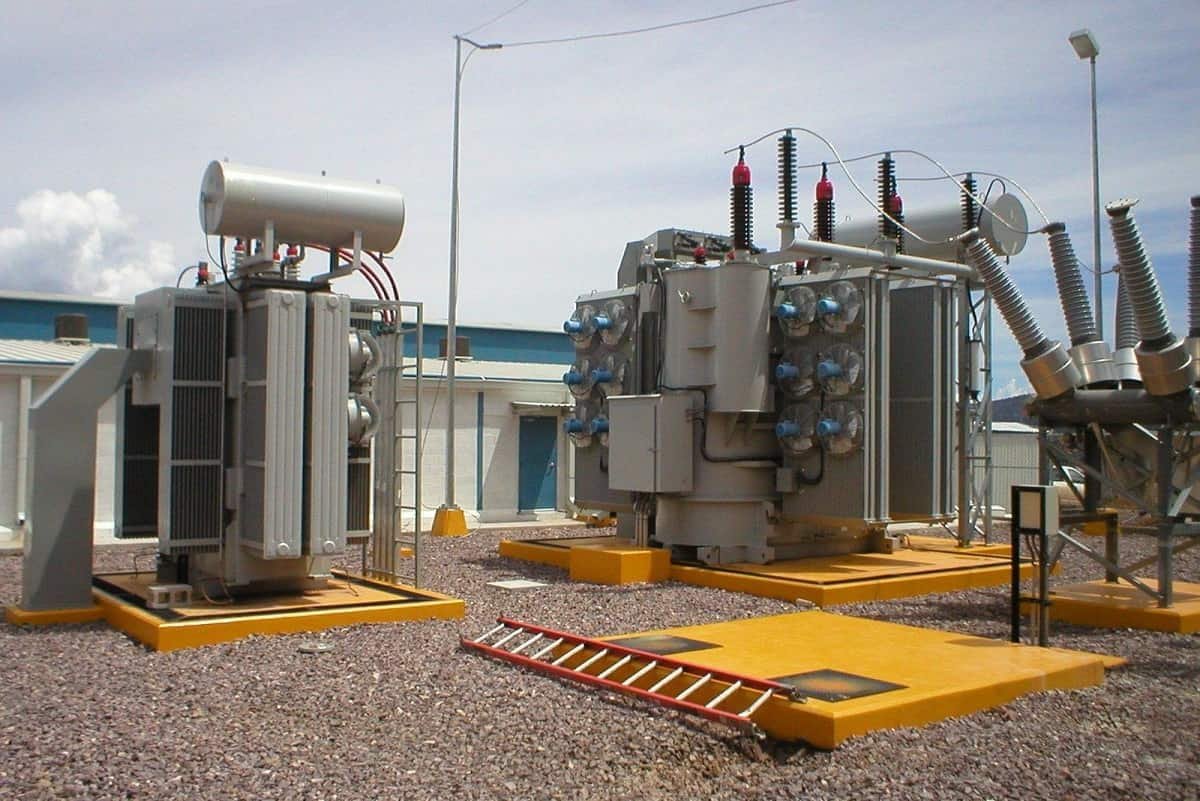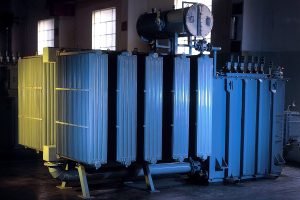
New efficiencies and reliability are being brought to the energy sector in the cutting edge of continuing innovations. Among these advancements, Digital Twin Technology is becoming the game changer in transformer design and maintenance. Digital twin is a virtual (digital) replica of an actual (physical) asset that is driven by live data and advanced analytics. This technology enables detailed monitoring, predictive maintenance and optimised performance for transformers, allowing them to live long and remain reliable.
To meet the rising need for more efficient, smarter power solutions, current transformer manufacturers India are increasingly using digital twin technology. The benefits of this approach to design process and operational management of transformers are consistent with global moves toward digital transformation.
The Role of Digital Twin Technology in Transformer Design
1. Simulated Design Testing
By creating digital twins, engineers can run simulations of operation of transformers under all kind of loads and stresses, from fluctuating loads, to environmental stress, to aging. This saves the need of physical prototypes, hence eliminating the design costs as well as timeline.
2. Improved Customization
For manufacturers, analysis of operational data from existing transformers allows production of more efficient and tailored designs for certain applications. In particular, this is helpful for current transformer manufacturers in India, which are serving varied clients including utilities and industrial automation.
3. Enhanced Energy Efficiency
This capability of digital twin models allows engineers to refine transformer specifications to achieve good performance and prevents unnecessarily reflecting the inefficiencies or losses in the processes of design phase, such as energy loss or the risk of overheating.
Applications of Digital Twins in Maintenance
1. Real-Time Monitoring
Sensor data is used to create comprehensive view of the health of a transformer using digital twins. This is continuously monitoring of parameters such as temperature, vibration, and the oil quality so that operators can detect potential issues before they become a problem.
2. Predictive Maintenance
The big advantage of digital twins is their ability to predict in time when a maintenance is needed. Digital models can forecast component failures by analyzing historical and real time data, to reduce unplanned downtime and maintenance costs.
3. Lifecycle Management
Aging process of the transformer is looked into by digital twins, which enables operators to predict replacements or upgrades at the right time. That gives maximum efficiency throughout the lifetime of the asset.
Benefits of Digital Twin Technology for the Transformer Industry
- Reduced Downtime: Digital twins enable proactive management strategies that minimize disruption to operations.
- Cost Efficiency: Significant savings are achieved from eliminating the need for frequent physical inspections and reducing repair cost.
- Sustainability: Digital twins help for more sustainable transformer operations by optimizing performance and extending lifespans.
Adoption in India’s Transformer Sector
India is fast emerging as a global hub for transformer manufacturing and is starting to concentrate on advanced technologies. Current transformer manufacturers in India are leading the adoption of digital twin technology for offering the products.
These manufacturers are using digital twins to:
- Simulate and test designs virtually to improve product quality.
- It also services with international standards for exporting.
- Provide smart transformers that fit seamlessly with today’s energy systems.
Digital twin technology adoption is much more than a competition enhancer; it is positioned Indian manufacturers as leading the global market in break-through power solutions.
The Future of Transformers with Digital Twins
Transitioning to a digital future will make digital twin technology even more fundamental to transformer design and maintenance as the power sector becomes digitalized. This is an indispensable technology to predict failures, optimize operations, and improve design efficiency for the future of energy distribution.
Embracing digital twins presents a good opportunity for current transformer manufacturers in India to innovate, become more efficient and contribute to making energy systems smarter and more reliable. The reality is, they are not only tackling the problems as they are being confronted today, but incorporating this technology is also enabling energy production into the future in a sustainable and efficient way.






